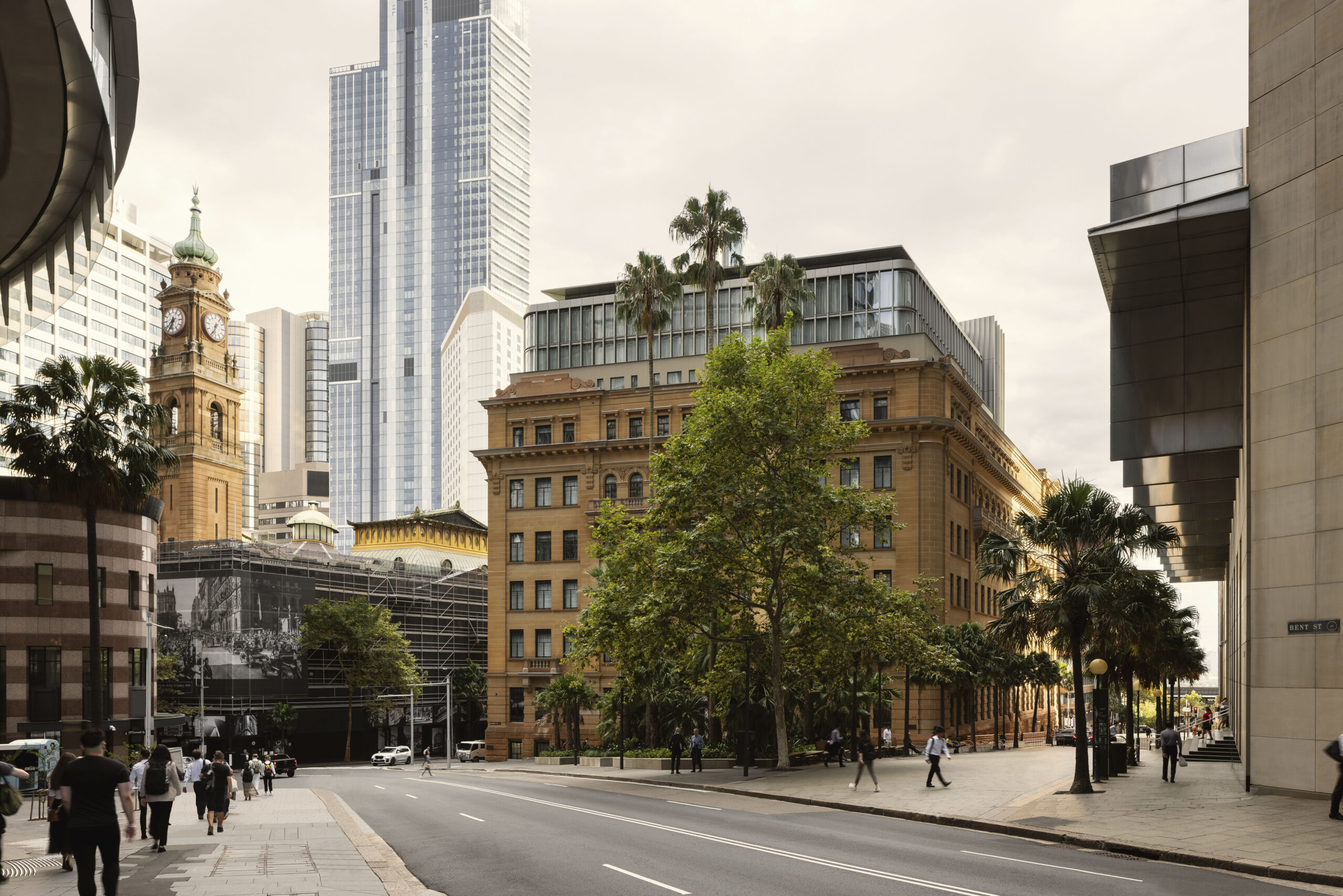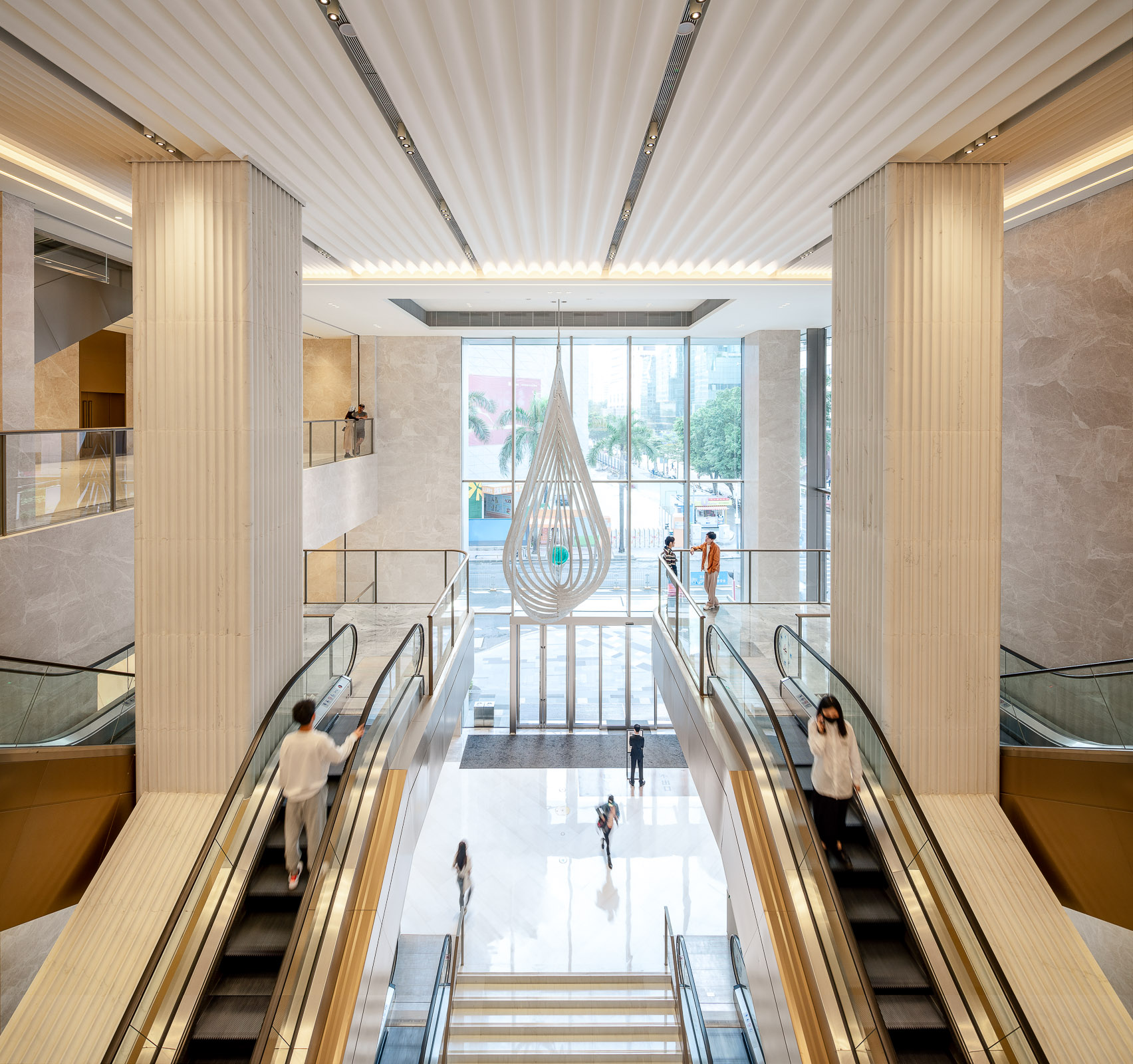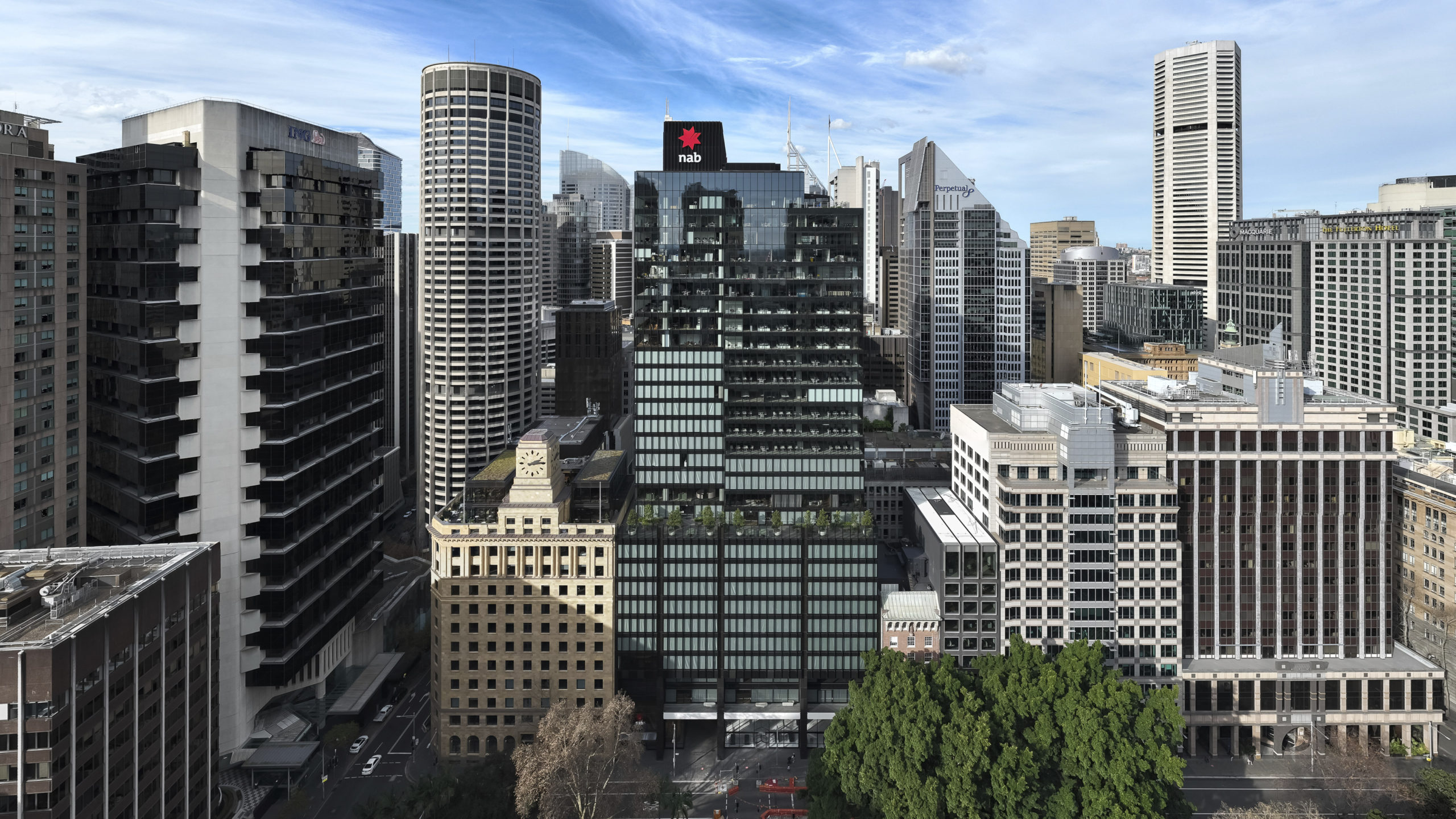
Firstly, it’s a touchpoint for building a positive relationship with the local communities, which use the market and have influence over the area’s future.
Secondly, it’s effectively the staff canteen for the YouTube employees in the office building above. In the tech world’s war for talent, Google has always stood out by offering unique amenities and benefits to it employees, and this central-Manhattan foodie destination is one of its selling points.

Thirdly, like Amazon, Google is likely using the public space to collect real-world data on people and their behaviour, which is probably far more valuable than the merchandise on display.
In short, the market’s real purpose is to attract and establish relationships between different “tribes” within Manhattan.
A gateway into the WeCompany
Made by We in Manhattan is a space split into two halves. From the street you walk into a coffee bar featuring colourful exhibition-style displays of products developed by WeWork members. Beyond this, accessed via a check-in/out system similar to that of a gym, is WeWork’s pay-per-minute workspace, outfitted with various working stations, meeting rooms and phone booths, geared towards individuals or small groups of people.

The purpose of the space is to give anyone access to the world of the WeWork members and to remove the traditional boundaries that exist between office workers and the public. It is a space that represents the changing ways in which people work, reflecting the emergence of freelancing and the gig-economy.
Even though WeWork is not a retail developer, it is using a retail space to promote its business model in a highly visible and accessible way. This “shop” is not about selling products, it is selling the WeWork brand and the successes of its members. Its value would be derived not from direct sales, but through the awareness it raises and the long-term members it recruits.



































































































































































































































































